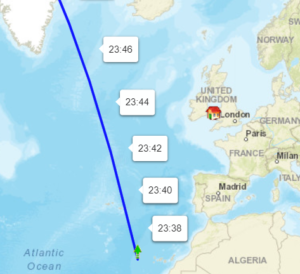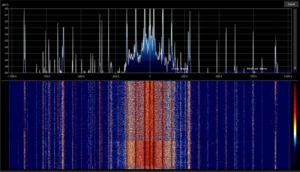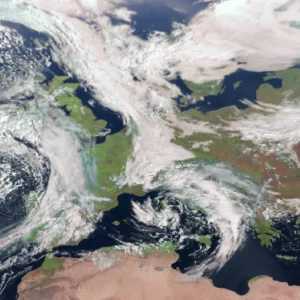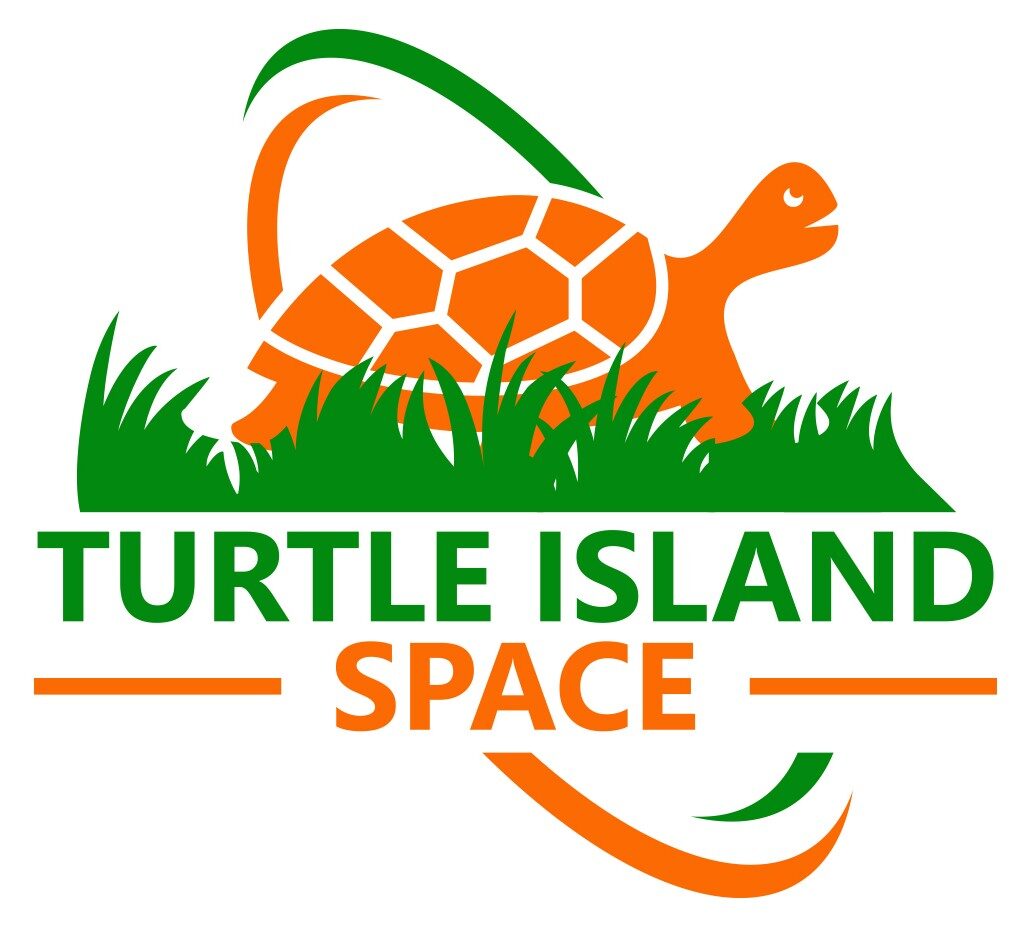Educational Goals
Satellites and orbits
At the conclusion of this activity, participants will be able to …
– distinguish the difference between Polar-orbiting and Geostationary satellites in terms of their orbits.
– recognize the advantages and disadvantages of both polar orbiting and geostationary weather satellites.
– interpret the position of a satellite relative to a position on the earth in terms of azimuth and elevation.

Operations planning
At the conclusion of this activity, participants will be able to …
– summarize the main constraints which need to be considered when receiving satellite data such as ground station data limits, ground station network availability and ground station reception coverage.
– demonstrate the ability to identify a target satellite and plan reception of data.

Space RF communications
At the conclusion of this activity, participants will be able to …
– locate key RF parameters from a datasheet required to operate the ground station.
– analyze raw binary recording files and calculate the signal to noise ratio.
– evaluate the quality of the signal reception via RF spectrum and Waterfall map.


